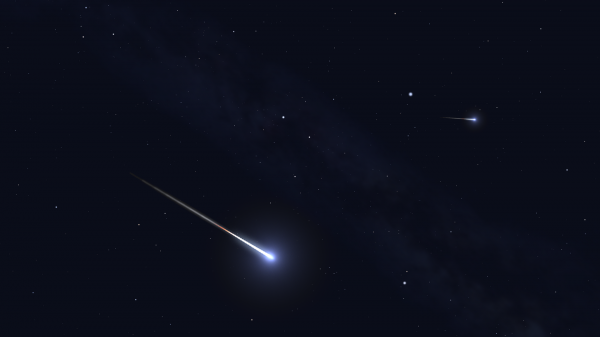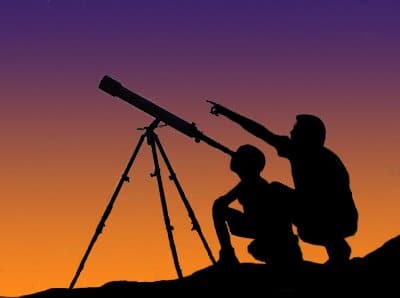Perseid Meteorwatch – Saturday 10th to Monday 12th of August 2013

Artists Illustration of perseid Meteors Credit: Meteorwatch
The Perseid meteorwatch 2013
The Perseid meteorwatch 2013 starts on Saturday 10th and runs each evening until Monday 12th of August 2013 @VirtualAstro with the help of many more people, will be holding a Twitter #Meteorwatch for the Perseid Meteor Shower.
Everyone is welcome to join in, whether they are an astronomer, have a slight interest in the night sky or have a passing interest and just wonder?
The Perseids are the highlight of the astronomical calendar and a must see! They are ideal for those who want to see a meteor/ shooting star for the first time.
You don’t need a telescope, binoculars or any other equipment; just your eyes. You don’t even need to look in any particular direction, just look up filling your gaze with sky. For an easy guide to observing the Perseids, here is a guide on when and where to look. The Perseids will be visible over much of the planet, especially the Northern hemisphere.
As well as looking up, enjoying the night sky with us and seeing meteors – maybe for the first time? You will be able to see other objects such as the Milky Way, satellites and other wonders including constellations, planets and much more.
Use the hash tag: #Meteorwatch and get involved, ask questions, do some science, follow the event and enjoy the wonders of the night sky with us. Images and other information will be tweeted as it happens. Live!
Join in on Twitter, Facebook and Google+
Perseid Meteors
The highlight of the summer meteor showers: The Perseids reach maximum around the 12th of August and may put on a display of approximately 80 to 100 meteors per hour under ideal viewing conditions.
Conditions this year are ideal due to there being little interference from the Moon. Let’s hope the skies stay clear. For your weather check out the Perseid event page from the Met Office
Perseid meteors are often bright with persistent trails which can linger for a while after the meteor has burned up. Further information on the Perseid meteor shower and how to view it, can be found here.
#meteorwatch
The Twitter Meteorwatch will startas soon as it gets dark on the evening of the 10th of August and will continue through to the evening of the 12th. People from around the world are invited to join in on twitter and enjoy the chatter while watching these cosmic fireworks.





I went out at about 11.15 pm on the 13th and did see a couple of meteors, but I also saw this odd light, like a bright flare in the eastern sky that appeared and then disappeared. It didn’t look like a meteor as it didn’t seem to have a tail and didn’t disappear quite so fast. Wasn’t a plane or anything like that. Any idea what this might have been?
Love this website beat one to find meteors and the iss. Is there any camrea apps for ISO devices to take good pictures of the iss and meteors?
We have just been in the garden having a campfire and decided to look up at the evening stars, and by surprise we saw some amazing objects fly through the sky. We all found this astonishing because we each saw more than 4 shooting stars flying across the Derbyshire skies!!!! None of us have ever encounted such a wonderful site before and this was a great time to see them, except one of our Geordie family members who had seen 3 shooting stars in the past.
The info states: “This year, the first climax for the shower is predicted for around 13:00 UT on August 12th, favoring Hawaii and the North American west coast.”
I suppose 13:00 UT means Universal Time but, that does me no good in figuring out what time it equals in Montana. I wish there was a website which would allow average, non-scientific people to find out by their geographical location when the best time would be to go out to a place away from the city lights. Also, Who besides Scientists and people accustomed to astronomy know where to look based upon Degrees and Angles?
If somebody could use plain language and say NORTH-EAST at 3:00 AM through daybreak, it would be much more informative to those of us not familiar with all the science and terms.
How do I translate Universal Time into my time? – http://earthsky.org/astronomy-essentials/universal-time
Mountain Daylight Time|>. subtract 6 hours from UTC|
I imagine 13:00 UT minus 6 hours would be 9:00 Am ? That does seem to make much sense. Perhaps someone reading this could explain what times would be best for viewing in Montana ?
Check the guides on this site, they can’t get any more simple